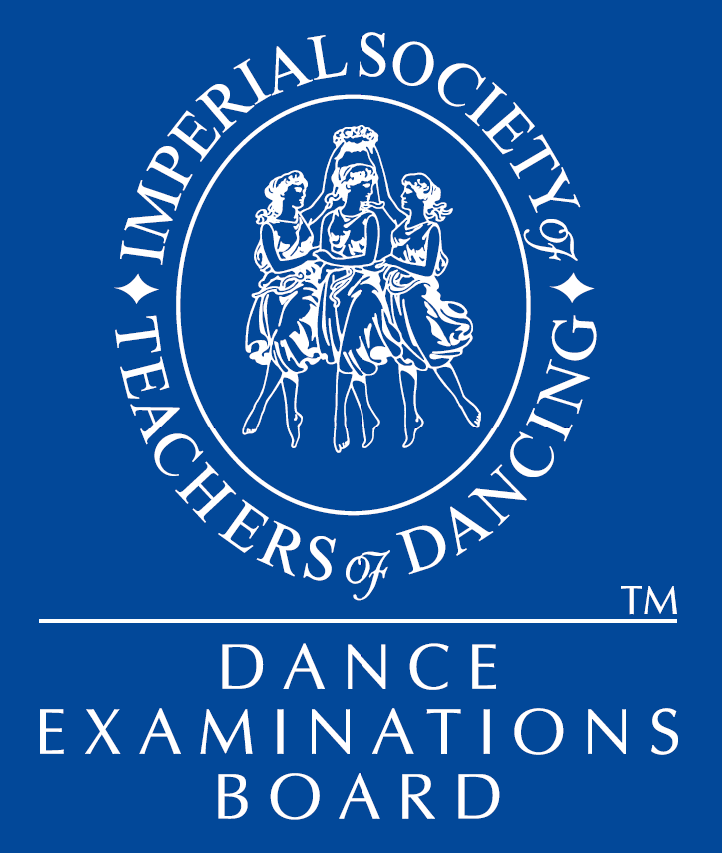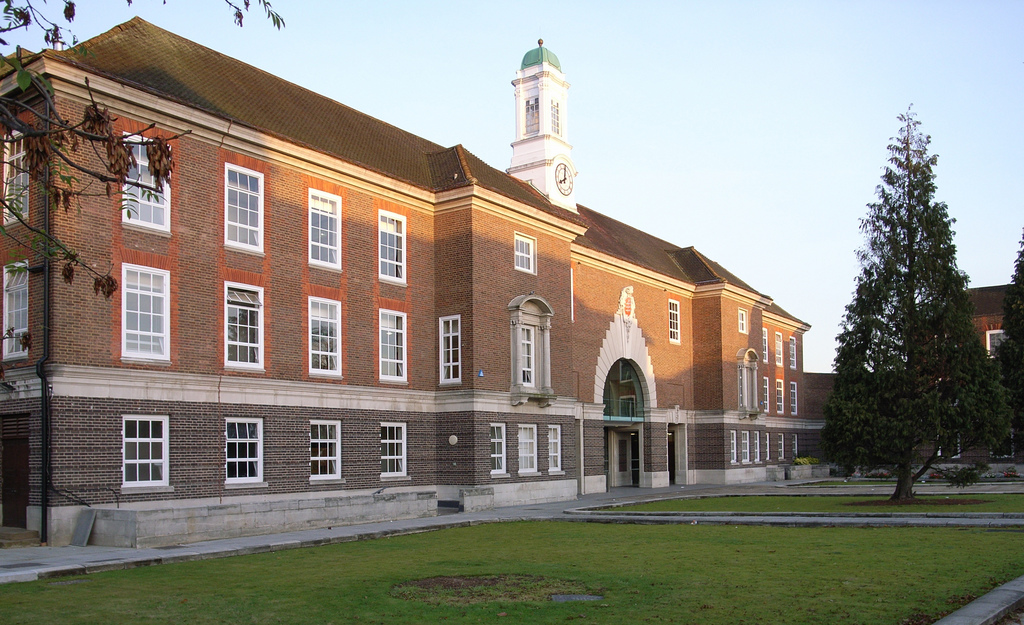
Chicago the Musical, having run in London’s West End for almost 15 years, has recently posted closing notices at the Garrick Theatre for 1 September 2012, just weeks shy of its 15th birthday on 18 November. A sexy and thrilling musical, Chicago has had three homes throughout the West End and one of only six musicals to have played more than 15 years in the West End, alongside Les Misérables and Phantom of the Opera.
Celebrities from far and wide have starred in the musical throughout its lifetime, such as Kelly Osbourne, Brooke Shields and Denise Van Outen playing razzle-dazzle murderess Roxie Hart, with other musical theatre stars including Bonnie Langford and Ruthie Henshall each donning their black character shoes and fishnet tights in turn. The final actor to play slick and suave lawyer Billy Flynn will be British Olympic ice-skating champion Robin Cousins, swapping his ice skates for tap shoes and feather boas. He is the first Olympian to star on stage in the home city of the Games, and during the event itself.
As a musical revival, Chicago has had a record run, originally opening in 1997 following its move from New York City’s Broadway to London’s West End more than two decades later, having premiered in 1975. Chicago was originally choreographed by American dance pioneer Bob Fosse, famous for his iconic pelvis-based, loose-limbed movement and glove-covered fascinating hand movements, with Ann Reinking echoing Fosse’s high-kicking hit in the UK. Fosse is also known for his choreography of extremely successful musicals such as Sweet Charity, Pippin and Cabaret, with Chicago being seen by 17 million people worldwide. As an Olivier-award winner of Outstanding Musical, Chicago is a dazzling production that is not to be missed in its final few weeks.


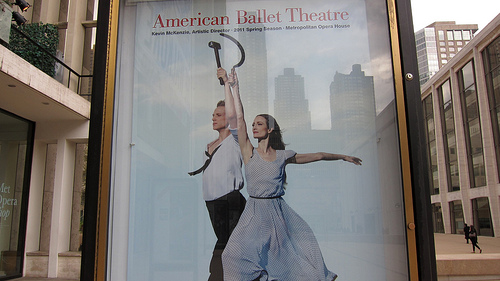
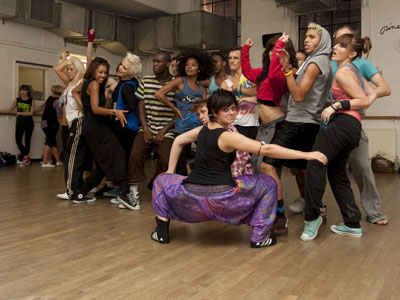

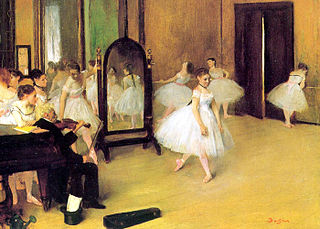
 New cultural education projects have been announced by the Department for Culture, Media and Sport, meaning young people from all backgrounds will get increased opportunities to access dance, music and museums.
New cultural education projects have been announced by the Department for Culture, Media and Sport, meaning young people from all backgrounds will get increased opportunities to access dance, music and museums.
